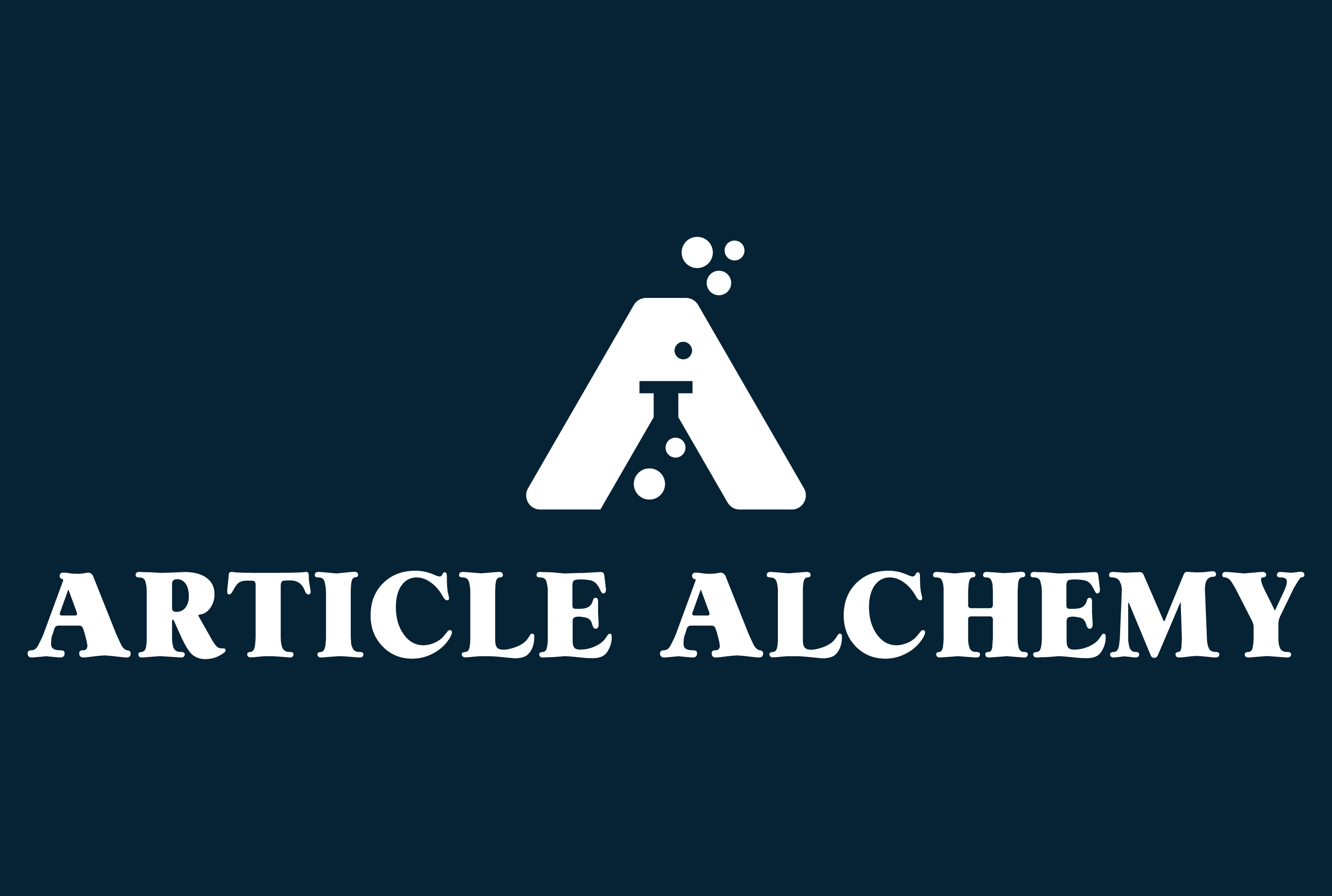
As a small business owner, you’ve probably heard you need SEO tools to grow your online presence.
But one look at the SEO software options leaves you paralyzed – there are hundreds of tools, each claiming to be essential.
The truth? You don’t need most of them.
Many businesses waste thousands of dollars on complicated software suites they barely use while missing out on the fundamental tools that actually drive results.
No complex software subscriptions.
No overwhelming dashboards.
Just five carefully selected tools that work together to boost your search visibility without breaking the bank.
In this guide, I’ll show you exactly which tools to use (including both free and paid options), explain why they’re essential, and demonstrate how to use them effectively.
Let’s dive right into it.
Essential Free Tools: The Foundation of Your SEO Strategy

Let’s start with the tools that should be the core of your SEO efforts – and they won’t cost you a dime.
These free tools come directly from Google and provide the most accurate data you’ll find anywhere.
1. Google Search Console
This is your command center for understanding how Google sees your website.
Key features you’ll actually use:
- Performance reports showing which keywords bring visitors to your site.
- Core Web Vitals data to identify technical issues affecting your rankings.
- Index coverage reports to ensure Google can find all your pages.
- Mobile usability insights to keep your site smartphone-friendly.
Pro Tip: Focus on the “Search Results” section first. Export your top 20 search queries and look for keywords ranking in positions 5-15. These are your quick-win opportunities.
Google Analytics
While not strictly an SEO tool, Analytics is crucial for understanding what happens after visitors find your site.
Most valuable features:
- Real-time visitor behavior tracking.
- Landing page performance metrics.
- User journey mapping.
- Conversion tracking.
- Audience demographics data.
Google Keyword Planner
Despite being designed for ads, this tool is invaluable for organic SEO keyword research.
Unlike many paid tools that estimate search volumes, Keyword Planner pulls data directly from Google.
Essential uses:
- Finding monthly search volumes.
- Discovering related keywords.
- Understanding keyword competition levels.
- Identifying seasonal trends.
Quick Tip: Don’t just look at the search volume. A keyword with 100 monthly searches but high commercial intent is often more valuable than one with 1,000 searches but low purchase intent.
Essential Premium SEO Tools
![]()
Over the past decade, I’ve tested dozens of paid SEO tools and identified two that consistently deliver value for small businesses.
These tools aren’t cheap but pay for themselves when used correctly.
Ahrefs ($99/month)
In my experience working with over 25 small businesses, Ahrefs consistently proves to be one of the most valuable SEO tools.
It’s like having an entire SEO team at your fingertips.
What makes it worth the investment:
- Uncovers your competitors’ best-performing pages.
- Shows exactly which keywords drive traffic to any website.
- Identifies link-building opportunities that actually work.
- Tracks your rankings across different locations.
SEMrush ($119.95/month)
While slightly more expensive than Ahrefs, SEMrush offers additional features that make it ideal for businesses running paid campaigns.
In my agency, we use SEMrush for our clients.
Standout features:
- More extensive keyword database for US markets
- Better PPC research capabilities
- Social media management tools included
- Content optimization suggestions
Pro Tip: SEMrush’s Position Tracking tool is particularly accurate for local businesses. One of my clients used it to improve their local pack rankings, which resulted in a 50% increase in in-store visits.
Clearscope ($170/month)
Clearscope specializes in content optimization and consistently helps content rank higher.
After a single Clearscope optimization, I’ve seen pages jump from page 3 to page 1.
Key benefits that justify the cost:
- Shows exactly what content you need to outrank competitors.
- Provides clear, actionable content improvement suggestions.
- Helps create content that matches search intent.
- Ensures comprehensive topic coverage.
Pro Tip: Start with their lowest plan and optimize your most critical revenue-generating pages first. One well-ranking commercial page can cover the tool’s annual cost.
Keysearch ($17/month)
Keysearch is the hidden gem in the SEO tools market.
It’s perfect for small businesses just starting with SEO or those on a tight budget.
While it doesn’t have all the features of Ahrefs or SEMrush, it covers the essentials at a fraction of the cost.
Best features for the price:
- Accurate keyword difficulty scores.
- Competitor keyword analysis.
- Rank tracking for up to 200 keywords.
- YouTube keyword research tools.
Useful FREE SEO Tools (Keyword Research)
Google Trends
Unlike other keyword tools, which search for monthly volume, Google Trends reveals how search interest changes over time.
I regularly use this to avoid investing in declining topics.
Most valuable features:
- Compare multiple keywords’ popularity.
- Discover seasonal trends.
- Find regional interest differences.
- Identify rising related queries.
Answer The Public
This tool shows you exactly what questions people are asking about your topic.
I’ve found that content addressing specific questions consistently outperforms generic topic coverage.
Key uses:
- Generate content ideas.
- Understand user intent.
- Find featured snippet opportunities.
- Structure FAQ sections.
Pro Tip: Export all questions and filter for those containing words like “best,” “vs.,” and “how” – these typically have higher commercial intent.
Ubersuggest (Free Version)
While limited compared to its paid version, Ubersuggest’s free tier still offers valuable keyword insights.
It’s beneficial for finding long-tail keyword opportunities that bigger competitors might miss.
Essential features in the free version:
- 3 free searches per day.
- Basic keyword suggestions.
- Search volume estimates.
- SEO difficulty scores.
Useful FREE SEO Tools (On-Page SEO)

Yoast SEO (Free Version)
Yoast SEO’s free version provides essential on-page optimization guidance for WordPress users.
Key functionalities:
- Real-time content analysis
- Title and meta description templates
- XML sitemap generation
- Basic schema markup implementation
RankMath (Free Version)
A newer alternative to Yoast, RankMath’s free version actually offers more features.
In my tests, it’s more lightweight and provides more accurate suggestions than Yoast.
Standout features:
- 404 error monitoring.
- Advanced schema options.
- Multiple keyword optimization.
- Internal linking suggestions.
XML Sitemaps Generator
For non-WordPress sites, this free tool helps create and update your sitemap.
A properly structured sitemap can help search engines find and index your content faster.
Uses:
- Generate basic XML sitemaps
- Include/exclude specific URLs
- Set update frequencies
- Support for large websites
Technical Tip: After generating your sitemap, submit it to both Google Search Console and Bing Webmaster Tools for faster indexing.
Useful PAID SEO Tools (Content Optimization)
1. MarketMuse ($199/month)
Unlike Clearscope, MarketMuse uses AI to provide deeper insights into content strategy.
In our tests, it’s particularly effective for websites with multiple content creators.
Key advantages:
- Detailed content briefs generation.
- Topic cluster planning.
- Competitive content gap analysis.
- AI-powered content scoring.
Surfer SEO ($59/month)
Surfer SEO takes a data-driven approach to content optimization.
It’s more affordable than Clearscope and excellent for optimizing existing content.
Standout features:
- Real-time content editor.
- SERP analyzer.
- Content planner.
- NLP analysis.
Pro Tip: Use Surfer’s audit feature on your top-performing pages first.
Frase ($44.99/month)
Frase stands out for its AI-powered research capabilities.
It’s particularly valuable for businesses that need to produce content quickly while maintaining quality.
Best uses:
- Content brief creation.
- Answer engine optimization.
- Competitor content analysis.
- Topic research automation.
Useful PAID SEO Tools (Technical SEO)
Screaming Frog ($209/year)
This is the industry standard for technical SEO audits.
While the learning curve is steep, it’s invaluable for identifying technical issues that hurt rankings.
Essential features:
- Complete site crawling.
- Broken link detection.
- Duplicate content finding.
- Meta data analysis.
Sitebulb ($35/month)
A more user-friendly alternative to Screaming Frog.
Its visual reports make it easier to explain technical issues to clients or team members.
Key capabilities:
- Visual crawl diagrams.
- Actionable hints system.
- Security checks.
- Speed analysis.
GT Metrix Pro ($12.99/month)
While the free version is useful, the Pro version provides crucial insights for speed optimization. Page speed directly impacts rankings and conversions.
Pro features worth paying for:
- Mobile testing.
- Multiple test locations.
- Hourly monitoring.
- Priority queue testing.
How to Choose the Right SEO Tools

After helping multiple small businesses with their SEO toolkits, I’ve developed a practical framework for selecting the right tools.
Assess Your Current Situation
Before investing in any tools, answer these key questions:
- What’s your monthly SEO budget?
- Under $50: Focus on free tools + one basic paid tool.
- $50-200: Add one comprehensive SEO suite.
- $200+: Consider specialized tools for specific needs.
- What’s your technical expertise?
- Beginner: Choose tools with simple interfaces and good tutorials.
- Intermediate: Look for tools with more advanced features.
- Advanced: Consider technical SEO and API access.
- What’s your primary goal?
- Content creation → Focus on keyword and content optimization tools.
- Technical SEO → Invest in site audit and speed tools.
- Local SEO → Prioritize rank tracking with location targeting.
- E-commerce → Choose tools with product and competitor analysis.
Must-Have Features by Business Type
Local Business
Essential features:
- Local keyword tracking.
- Google Business Profile integration.
- Competitor location monitoring.
- Review tracking.
E-commerce
Priority features:
- Product keyword research.
- Price monitoring.
- Stock availability tracking.
- Shopping SERP analysis.
Service Business
Key features:
- Service area tracking.
- Lead tracking integration.
- Local pack monitoring.
- Review management.
How to Use These Tools Together: A Practical Workflow
After years of managing SEO for small businesses, I’ve developed a streamlined system that effectively combines these tools.
Here’s precisely how to use them together without getting overwhelmed.
Weekly SEO Tasks (30 minutes)
Start each week with a quick check of your core metrics:
- Google Search Console (10 minutes):
- Review new search queries for which you’re ranking.
- Check for any technical errors.
- Monitor Click-Through Rate changes.
- Google Analytics (10 minutes):
- Review top-performing pages.
- Check conversion rates.
- Identify underperforming content.
- Rank Tracking (10 minutes):
- Use Ahrefs/SEMrush/Keysearch to check key rankings.
- Note any significant movements.
- Identify opportunities for quick wins.
Pro Tip: Set up custom dashboards in each tool to see your most important metrics at a glance. This can cut your weekly review time in half.
Monthly Content Optimization (2-3 hours)
- Keyword Research Phase
- Use Google Keyword Planner to identify broad opportunities.
- Refine with Ahrefs/SEMrush/Keysearch for competition analysis.
- Create a prioritized content calendar based on findings.
- Content Creation & Optimization
- Draft content based on keyword research.
- Run through Clearscope before publishing.
- Check competitors’ content using Ahrefs/SEMrush.
- Performance Review
- Analyze top performers in the Search Console.
- Cross-reference with Analytics for engagement metrics.
- Update older content based on performance data.
Cost-Effective Tool Combinations
Based on your budget, here are the most effective tool combinations:
Starter Stack ($17/month)
- All Google tools (free.)
- Keysearch for keyword research.
- Best for: New businesses, blogs just starting.
Growth Stack ($99/month)
- All Google tools.
- Ahrefs or SEMrush.
- Best for: Established businesses ready to scale.
Professional Stack ($269/month)
- All Google tools.
- Ahrefs or SEMrush.
- Clearscope.
- Best for: Content-heavy businesses with a dedicated marketing budget.
Time-Saving Tip: Set up email alerts for critical issues only. Most tools send too many notifications by default, which can be distracting.
Common Mistakes to Avoid
Based on my experience, here are the biggest pitfalls when using these tools:
- Checking rankings daily: This wastes time and causes unnecessary stress. Weekly is enough.
- Running too many reports: Focus on actionable metrics only.
- Not sharing access: Make sure key team members can access these tools.
- Ignoring mobile data: Always check mobile metrics separately.
Your Next Steps in SEO
Choosing the right SEO tools doesn’t have to be overwhelming. Start with the essential free Google tools, add a comprehensive solution like Ahrefs or SEMrush when ready, and scale up as your business grows.
Need help with your SEO? Let’s talk.





